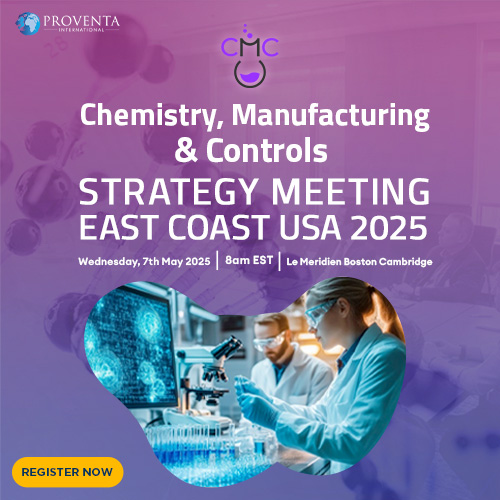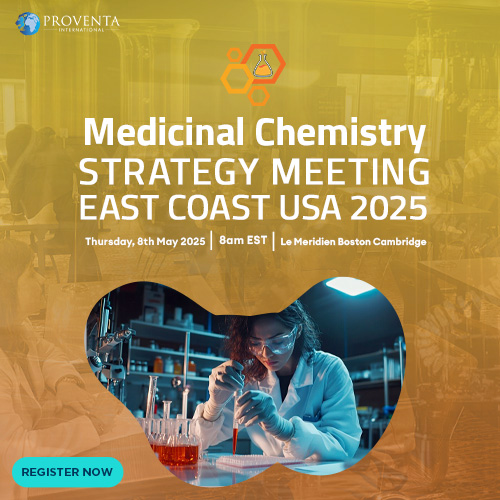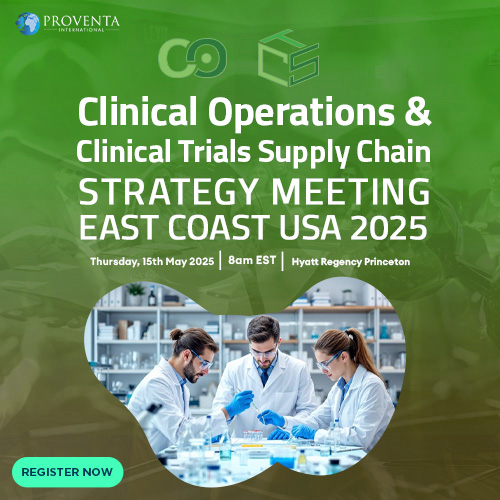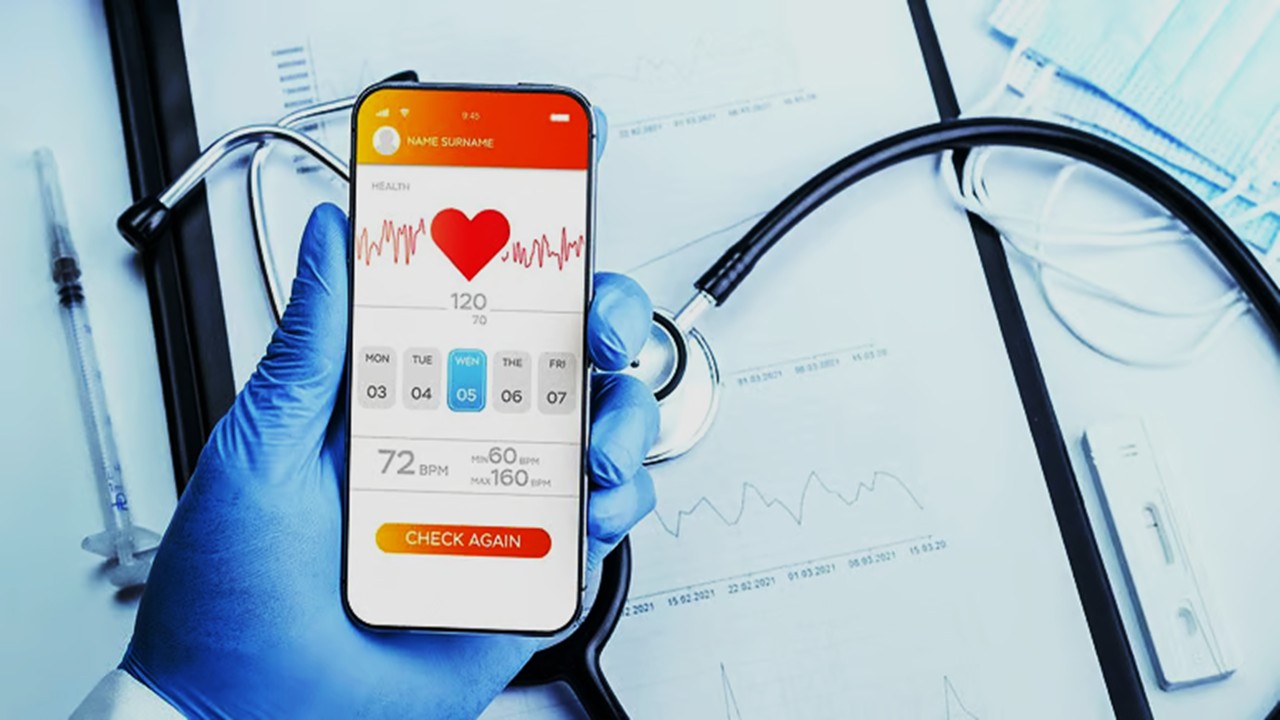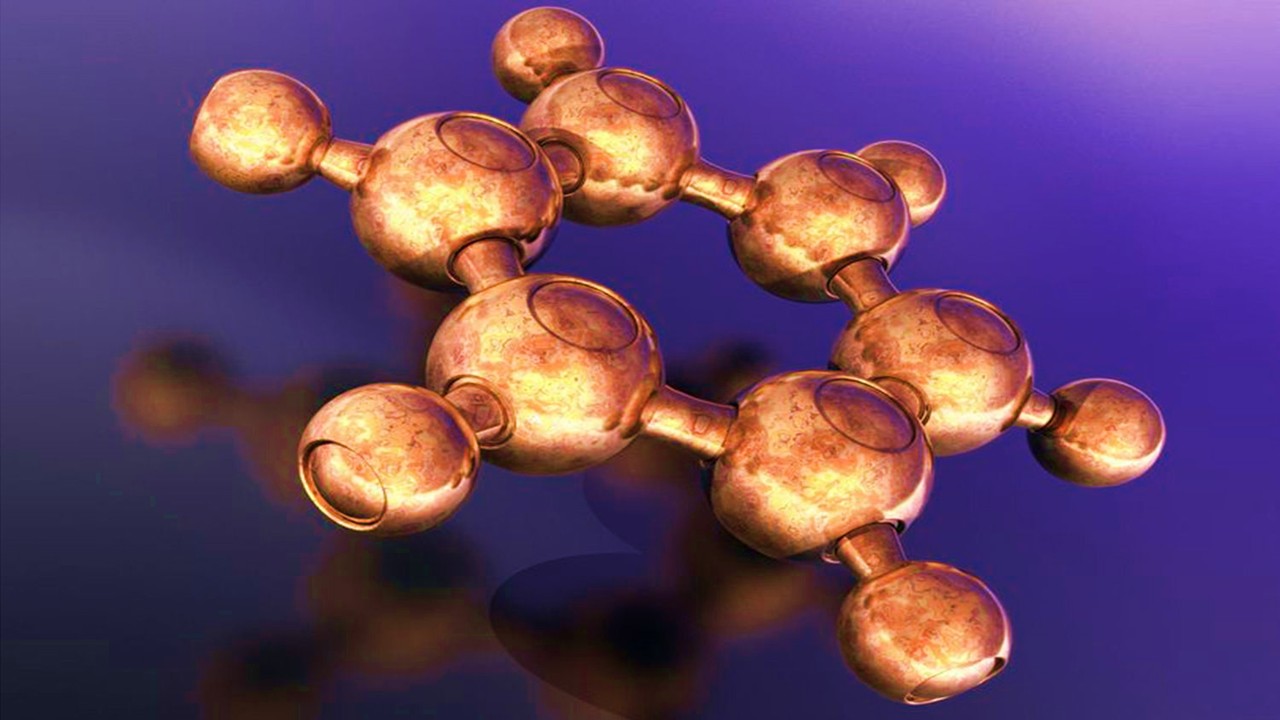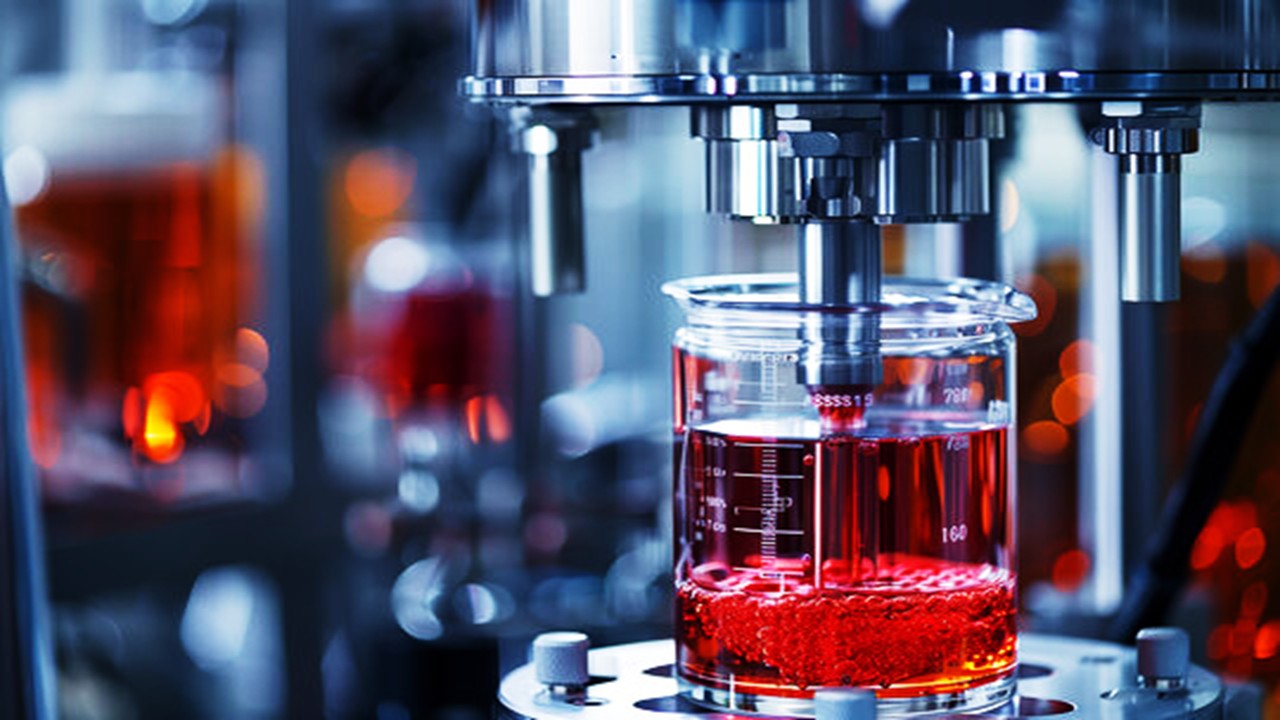The pharmaceutical industry’s energy-intensive operations—from -80°C freezer farms to continuous flow reactors—are undergoing a quiet revolution as solar integration transforms factories into self-sustaining chemical ecosystems. Unlike generic industrial applications, drug manufacturing demands uninterrupted, quality-assured power with near-zero voltage fluctuations—requirements that modern photovoltaic-thermal (PV-T) hybrid systems now meet through intelligent energy routing and molecular-scale storage solutions. From photoredox catalysis harnessing sunlight directly in API synthesis to solar-thermal sterilization replacing steam boilers, the industry is discovering that sunlight offers more than just electrons—it provides novel process advantages impossible with grid power. This shift isn’t merely about sustainability; it’s redefining facility design, with new Good Manufacturing Practice (GMP) compliant solar reactors and spectral-selective photovoltaic coatings turning drug plants into precision-tuned light-harvesting organisms.
High-Purity Solar: Photovoltaic Systems for cGMP Compliance
Pharmaceutical manufacturing’s stringent power quality requirements have long made solar integration challenging—voltage harmonics from conventional inverters can disrupt sensitive analytical equipment, while minute fluctuations might compromise batch consistency. Modern solar microgrids specifically engineered for pharma applications now achieve cleaner power than many utility grids, employing multi-level inverters with total harmonic distortion below 1%. Facility engineers note that these systems outperform traditional sources in maintaining the sub-cycle voltage stability needed for HPLC systems and bioreactor controls.
The secret lies in hybrid ultracapacitor-battery buffers. Rather than directly feeding solar power into equipment, these systems use ultracapacitors to smooth millisecond-scale variations while lithium-titanate batteries handle minute-to-minute fluctuations. This layered approach maintains voltage within the ±2% band required for GMP operations even during cloud transients. Some facilities now use superconducting magnetic energy storage (SMES) for the most sensitive processes—achieving near-perfect power quality by leveraging solar-charged magnetic fields that can discharge with sub-millisecond precision.
Spectral optimization adds another layer of sophistication. Custom photovoltaic coatings selectively harvest visible wavelengths while transmitting infrared to adjacent solar-thermal collectors—a spectral splitting approach that maximizes total energy yield from limited roof space. The thermal component preheats purified water for injection (WFI) systems, reducing the plant’s overall energy burden while the electricity powers environmental monitoring systems.
The most advanced implementations involve direct current (DC) microgrids. By avoiding alternating current conversion losses, these systems power LED lighting, variable frequency drives, and electrochemical reactors with solar-generated DC at native voltages. Dedicated DC-DC converters maintain precise potentials for analytical instruments, creating power islands with stability exceeding conventional AC systems.
Regulatory acceptance has followed technical innovation. Modern solar monitoring systems provide validated electronic records of power quality parameters for each batch—a level of documentation that satisfies even stringent FDA 21 CFR Part 11 requirements for electronic records in pharmaceutical manufacturing.
Solar-Thermal Process Heat: Beyond Steam Generation
The 150-400°C temperature range critical for distillation, drying, and sterilization constitutes pharmaceutical manufacturing’s largest energy sink—a demand perfectly matched by concentrated solar thermal (CST) systems. Unlike conventional solar thermal limited to hot water production, advanced parabolic troughs and linear Fresnel reflectors now deliver GMP-grade process heat with temperature control rivaling gas-fired systems. Chemical engineers emphasize that solar-thermal’s true advantage lies in its thermal inertia—the ability to maintain ultra-stable temperatures once achieved, unlike the cycling inherent in combustion systems.
High-purity steam generation showcases this capability. Evacuated tube collectors with built-in phase-change materials produce saturated steam at consistent 121°C for sterilization without the pressure fluctuations of fossil-fired boilers. Some systems incorporate thermocline storage—molten salt reservoirs that release heat at fixed temperatures for hours after sunset, enabling round-the-clock sterile operations.
For organic synthesis, solar-thermal takes more innovative forms. Volumetric receivers heat ceramic-packed reactors directly, creating isothermal conditions ideal for temperature-sensitive intermediates. The homogeneous heating eliminates hot spots that can degrade APIs during prolonged reactions—a common challenge with conventional jacketed vessels.
Lyophilization benefits particularly. Solar-driven adsorption chillers provide the deep freezing capacity needed for primary drying, while subsequent secondary drying uses focused solar infrared to gently remove bound water without exceeding glass transition temperatures. This combination cuts lyophilization cycle times while improving product stability—a rare win-win in freeze-drying optimization.
The frontier involves photon-enhanced thermionic emission (PETE) systems. These hybrid devices convert sunlight directly to both heat and electricity at the quantum level, allowing single solar collectors to simultaneously power agitators while heating reaction vessels—an integrated approach that could redefine continuous manufacturing plant design.
Photoredox Chemistry in Flow Reactors: Sunlight as a Reagent
The emergence of photoredox catalysis as a mainstream synthetic tool has found its ideal partner in solar-concentrating flow reactors—systems that harness sunlight’s spectral components with pharmaceutical precision. Where traditional photochemistry struggled with inconsistent irradiance, modern heliostat-tracked microfluidic reactors maintain exact photon fluxes needed for reproducible API synthesis. Process chemists highlight how these systems outperform artificial light sources by providing full-spectrum irradiation that activates multiple catalytic pathways simultaneously.
Visible-light-mediated cross-couplings exemplify this advantage. Solar flow reactors with integrated bandpass filters direct specific wavelengths to reaction channels—blue light for iridium-catalyzed C-N couplings, green for eosin Y-promoted C-S formations—enabling parallel synthesis under naturally separated wavelengths impossible with LED arrays. The Earth’s atmospheric filtering provides built-in infrared rejection, preventing unwanted thermal side reactions.
Photocatalytic oxidations benefit similarly. Titanium dioxide-coated microchannels under solar UV achieve complete API degradations for waste treatment, while visible-light-absorbing porphyrin catalysts in adjacent channels perform selective oxidations of intermediates—a tandem system that uses different solar spectral regions for complementary transformations.
The most innovative designs incorporate spectral upconversion. Nanoparticles doped with lanthanide ions convert low-energy solar photons to higher energies matching catalyst absorption bands, effectively “recycling” wavelengths that would otherwise be wasted. This allows photoredox chemistry to continue even during early morning and late afternoon when direct UV is scarce.
Scale-up challenges are being addressed through fractal flow reactors—self-similar channel networks that maintain uniform light penetration regardless of production volume. When combined with solar-tracking dish concentrators, these systems achieve kilogram-scale photochemical outputs with batch-like consistency—a critical step toward GMP implementation.
Solar-Powered Continuous Manufacturing: The 24/7 Solar Plant
The intermittent nature of solar energy has long been considered incompatible with continuous pharmaceutical manufacturing—a perception advanced hybrid systems are dismantling. Modern solar continuous processing plants combine time-shifted production, adaptive process rates, and multi-modal energy storage to maintain uninterrupted operation. Systems engineers describe this as “metabolic flexibility”—the plant’s ability to match its operational tempo to solar availability without compromising product quality.
Electrochemical API synthesis illustrates this principle. Solar-powered electrosynthesis reactors automatically adjust current density based on real-time power availability—running at higher concentrations during peak sunlight, then shifting to lower concentrations with higher Faradaic efficiency when operating on stored power. Advanced controllers maintain exact charge per mole ratios regardless of rate variations, ensuring batch consistency.
Fluidized bed dryers showcase adaptive operation. During solar peaks, excess energy superheats the inlet air for faster drying cycles; at night, the system switches to lower-temperature dehumidification using energy recovered from daytime operations. The drying endpoint is determined by real-time moisture sensors rather than fixed timetables—a model-predictive approach that maintains quality across variable conditions.
The most sophisticated implementations involve energy-aware scheduling algorithms. These systems plan production sequences based on weather forecasts—prioritizing energy-intensive steps like crystallization during predicted sunny periods while reserving low-power operations like packaging for nighttime. The algorithms incorporate validation requirements, ensuring quality checks always have sufficient power regardless of scheduling adjustments.
Emerging “solar battery” concepts take this further. Excess daytime energy produces hydrogen through proton-exchange membrane electrolyzers, which then fuel solid oxide fuel cells after sunset—creating a completely renewable 24/7 energy cycle with zero grid dependence. Early adopters report this approach actually improves process consistency by eliminating grid-induced disturbances entirely.
Building-Integrated Photovoltaics: GMP-Compliant Solar Architecture
Pharmaceutical facilities’ strict cleanliness and contamination control requirements have traditionally clashed with conventional solar panel installations—a conflict resolved by new building-integrated photovoltaic (BIPV) materials meeting GMP surface standards. Architectural specialists note that modern solar facades now exceed cleanroom material specifications for particulate shedding and chemical resistance while generating power.
Electrostatic photovoltaic glass exemplifies this convergence. These windows generate electricity while actively repelling dust through embedded transparent electrodes—maintaining light transmission for daylight-dependent processes like visual inspection stations. The self-cleaning surfaces reduce HVAC loads by minimizing particulate ingress, creating energy savings beyond direct generation.
Solar-thermal cladding takes a different approach. Vacuum-insulated solar collectors double as exterior walls, providing both thermal insulation and process heat. The seamless, crevice-free designs meet ISO 14644 cleanroom standards while withstanding aggressive sanitization protocols—a stark contrast to traditional rack-mounted panels that create maintenance challenges.
The most innovative solutions involve photocatalytic BIPV. Titanium dioxide-coated solar panels not only generate electricity but also break down organic contaminants under UV exposure—creating self-sanitizing exterior surfaces that reduce facility microbial loads. Some implementations incorporate these panels into HVAC intakes for continuous air purification.
Interior applications push boundaries further. Solar-active ceiling tiles harvest indoor lighting energy while meeting stringent cleanroom particulate standards—effectively recycling photons from facility lighting that would otherwise be wasted. The tiles’ nanoporous structures also assist in humidity control, adding yet another functional layer to their energy harvesting.
Solar-Driven Water Systems: From WFI to Waste Treatment
Pharmaceutical water systems—consuming up to half a plant’s energy—are being reimagined through solar-thermal and photovoltaic synergies. Modern solar water purification trains achieve USP <1231> Water for Injection (WFI) standards without fossil inputs, while photovoltaic-driven membrane systems transform wastewater treatment. Water system specialists emphasize that solar’s advantage lies in its thermal consistency—the ability to maintain exact temperatures needed for validation without the cycling of boiler systems.
Multi-effect solar distillation (MSD) represents the gold standard for WFI production. Parabolic concentrators heat the first effect to 150°C, with subsequent effects operating at progressively lower temperatures—all maintained by precise solar tracking that prevents temperature fluctuations. The system’s inherent thermal inertia ensures continuous production even during brief cloud cover, with product conductivity consistently below 1.3 µS/cm.
Reverse osmosis (RO) systems benefit differently. Photovoltaic-powered RO skips the AC-DC conversion losses of grid systems, while variable frequency drives adjust pump speeds in real-time based on solar irradiance—maintaining exact pressures despite changing energy availability. Some designs incorporate pressure-retarded osmosis between RO stages, recovering energy from the brine stream to boost overall efficiency.
Wastewater treatment has seen perhaps the most innovation. Solar-advanced oxidation processes (AOPs) combine photovoltaic-driven ozonation with solar-UV photocatalysis to completely mineralize API residues—addressing the growing challenge of pharmaceutical pollution. The systems automatically adjust oxidant dosing based on real-time UV sensor feedback, ensuring complete destruction without wasteful over-treatment.
The frontier involves biomimetic solar desalination. Inspired by mangrove roots, these systems use hydrophilic solar-thermal membranes to passively draw in brackish water while rejecting salts—a low-energy approach for facilities in water-stressed regions. The membranes’ self-regulating pore structures maintain flux rates proportional to solar intensity, naturally matching production to available energy.
Solar-Powered Cold Chain: From Cryogenic Storage to Transport
The pharmaceutical cold chain’s enormous energy demands—maintaining -80°C freezers, 2-8°C warehouses, and temperature-controlled transport—are being sustainably met through solar-driven refrigeration cycles impossible with conventional power. Cryogenic engineers note that solar’s advantage for cooling lies in its temporal alignment—peak cooling needs often coincide with peak solar availability.
Solar-absorption chillers dominate warehouse applications. Lithium bromide-water systems powered by solar-thermal collectors maintain 2-8°C storage with coefficient of performance (COP) values exceeding 0.7—outperforming grid-powered vapor compression in both efficiency and temperature stability. The absence of moving parts in key components reduces maintenance needs critical for GMP environments.
Ultra-low temperature storage requires more innovative approaches. Hybrid photovoltaic-thermoelectric systems now achieve -80°C by day through combined solar-electric Peltier cooling and solar-thermal boosted ammonia absorption. At night, phase-change materials (PCMs) charged during daylight hours maintain temperatures through passive latent heat exchange—a system far more reliable than conventional compressor-based freezers during power outages.
Transport refrigeration showcases mobile solutions. Photovoltaic-powered Stirling cycle coolers maintain 2-8°C in delivery trucks without engine idling, while thermoelectric coolers with solar-regenerated PCM buffers handle last-mile distribution. Some systems incorporate GPS-linked predictive algorithms that adjust cooling intensity based on route-specific solar exposure forecasts.
The most advanced implementations involve magnetic refrigeration. Photovoltaic systems power the electromagnets needed for this solid-state cooling technology, achieving precise temperature control without refrigerants—a perfect match for temperature-sensitive vaccines where even minor fluctuations can compromise efficacy.
Circular Energy: Solar-Powered Green Hydrogen for Pharma Synthesis
The emerging solar-to-hydrogen pathway is transforming pharmaceutical synthesis by providing renewable hydrogen for API hydrogenations, ammonia production, and fuel cell-powered logistics. Catalysis experts highlight that solar hydrogen’s ultra-high purity (up to 99.999%) actually improves many pharmaceutical hydrogenations by eliminating catalyst poisons present in steam-reformed hydrogen.
Proton exchange membrane (PEM) electrolyzers powered by onsite photovoltaics now supply hydrogen at pressures up to 30 bar—directly usable in many hydrogenation reactors without mechanical compression. The systems’ rapid response allows precise matching to batch process needs, unlike bulk hydrogen deliveries that require complex storage and handling infrastructure.
Solar-ammonia synthesis pushes this further. Renewable hydrogen combined with nitrogen from solar-powered pressure swing adsorption (PSA) systems feeds Haber-Bosch reactors heated by concentrated solar thermal—creating a completely green ammonia supply for pharmaceutical nitrogen needs. Some facilities use this ammonia directly in solar-powered refrigeration systems, creating circular cooling solutions.
Fuel cell logistics complete the cycle. Solar-generated hydrogen powers material handling equipment and backup generators through phosphoric acid fuel cells—providing not just energy but valuable heat for adjacent processes. The systems’ electrochemical cleanliness prevents particulate contamination risks inherent in combustion-based alternatives.
The frontier involves solar-driven hydrogen peroxide production. Photovoltaic-powered electrochemical cells now synthesize peroxide on demand for cleaning and disinfection applications—eliminating the stability challenges of transported peroxide while ensuring always-fresh supply for critical sanitization needs.
The Photosynthetic Pharmaceutical Plant
The integration of solar energy into pharmaceutical manufacturing represents more than an alternative power source—it constitutes a fundamental reimagining of how drug production interacts with its energy environment. Modern facilities are evolving into photosynthetic ecosystems where every surface harvests photons, every thermal gradient is exploited, and every process is tuned to nature’s rhythms rather than forced onto industrial timetables.
This transition brings unexpected synergies. Solar’s diurnal cycles align perfectly with many batch processes’ natural downtime for quality testing. The spectral purity of sunlight enables photochemical reactions impossible under artificial sources. And the distributed nature of solar generation inherently decentralizes risk—a valuable resilience feature for critical medicine production.
As the technology matures, we may see pharmaceutical plants that are net energy producers rather than consumers—returning surplus clean power to communities while making lifesaving medicines. In this future, the industry’s healing mission extends beyond patients to the planet itself, with every pill embodying the sun’s renewing power. The photosynthetic plant isn’t just sustainable; it’s the logical next step in pharmaceutical evolution.
Engr. Dex Marco Tiu Guibelondo, B.Sc. Pharm, R.Ph., B.Sc. CpE
Editor-in-Chief, PharmaFEATURES

Subscribe
to get our
LATEST NEWS
Related Posts
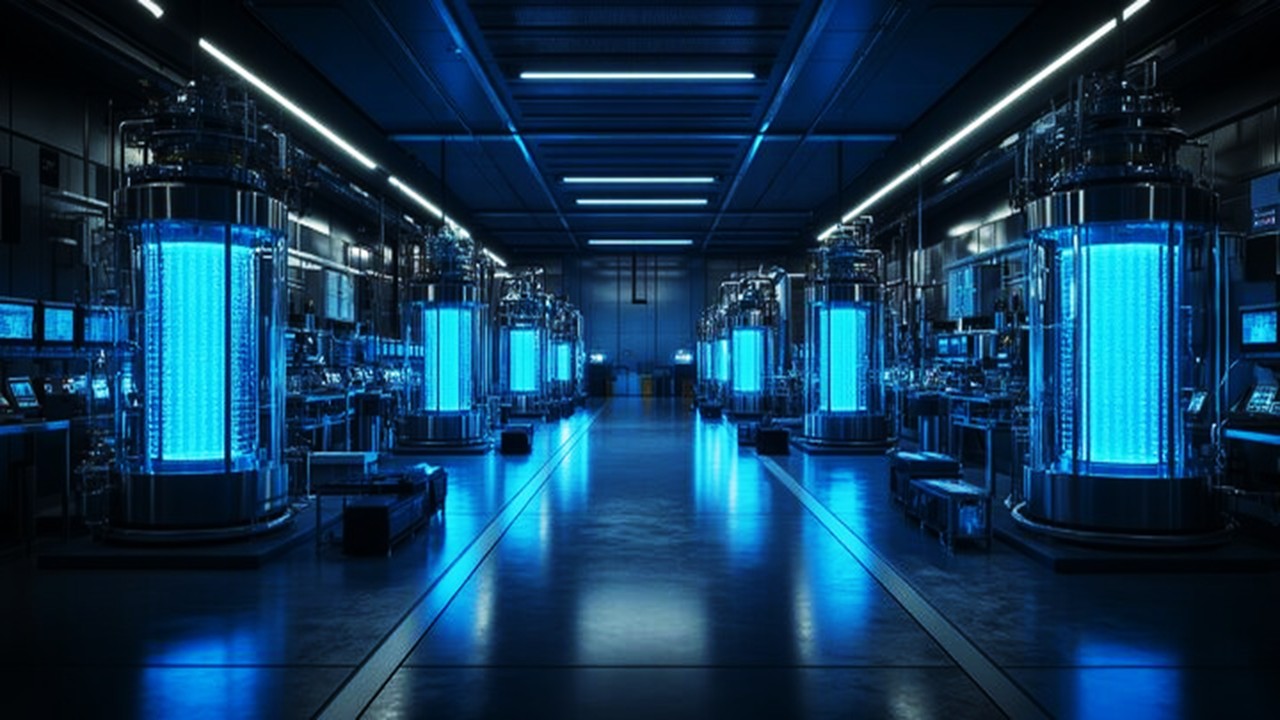
Chemistry, Manufacturing & Controls
Precision Engineering: The Science of Optimizing Bioreactor Conditions
Bioreactors serve as the cornerstone of modern bioprocessing, enabling the scalable production of therapeutics, biofuels, and engineered tissues.

Chemistry, Manufacturing & Controls
Chemical Gale: How Wind Energy is Reshaping Industrial Manufacturing
The integration of wind energy into chemical manufacturing constitutes a fundamental reimagining of process chemistry.
Read More Articles
Algorithmic Trials: How Decision Theory is Reshaping Decentralized Clinical Research
Decision theory offers a robust mathematical framework to design trials that enhance efficiency, uphold ethical standards, and better reflect the complexities of real-world therapeutic contexts.
Polarity Alchemy: Strategic Charge Manipulation in Contemporary Drug Design
The future promises tunable therapies with polarity adjustable by light, magnetic fields, or bioorthogonal triggers.
